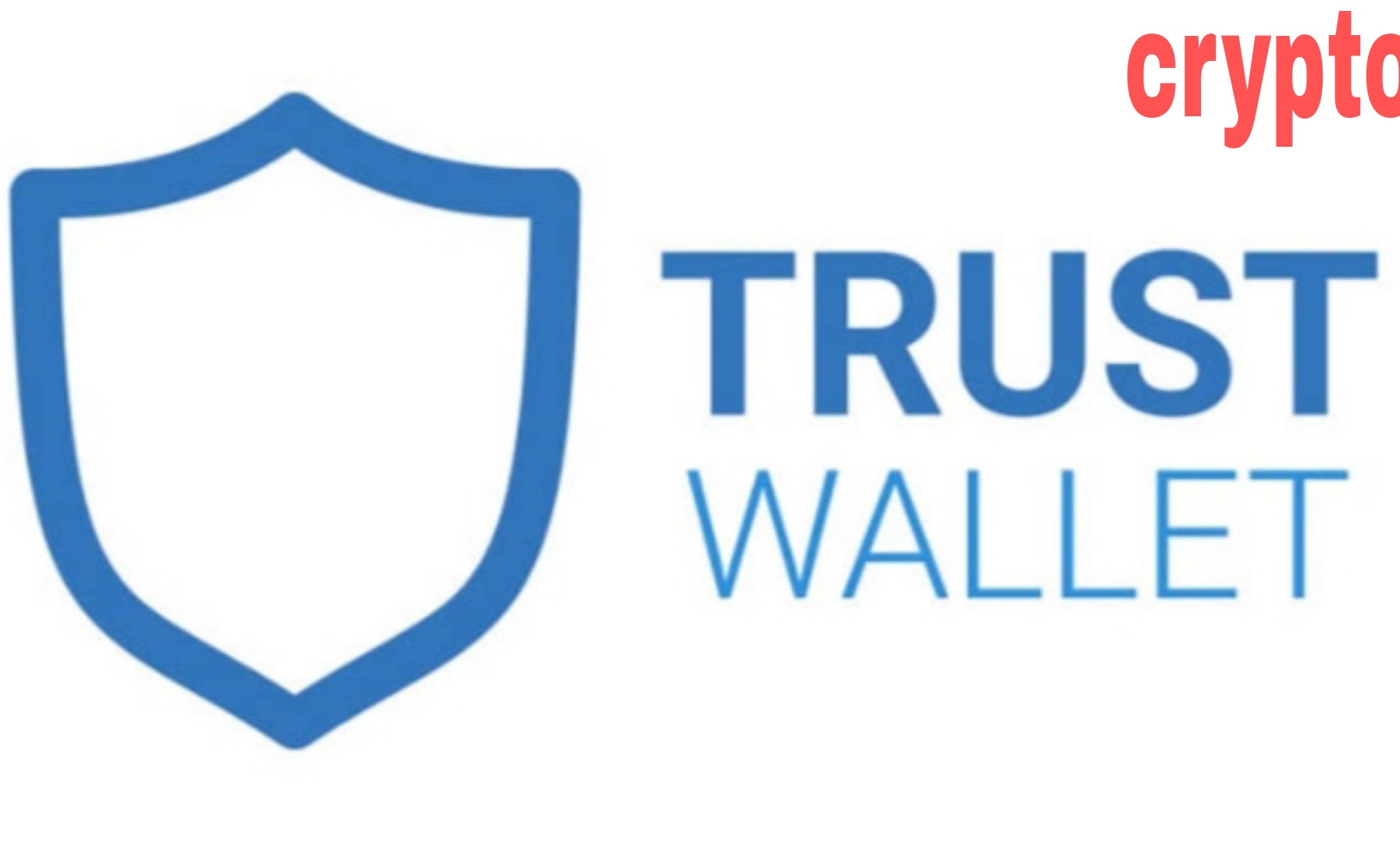BLOCKCHAIN MINING PROCESS
Blockchain mining is a process where computers work together to secure and verify bitcoin transactions. Miners add transaction data to Bitcoin’s global public ledger, known as the blockchain. Each block of transactions is secured by miners and linked to the previous block, forming a chain.
Unlike traditional financial systems, Bitcoin doesn’t have a central authority. Instead, transactions are verified through a decentralized system where individuals contribute their computing power to confirm transactions. This process is called mining.
Mining is likened to gold mining because it requires significant effort and resources, and the supply is limited. As with gold, the amount of bitcoins produced by mining decreases over time. According to Bitcoin’s creator, Satoshi Nakamoto, there will only ever be 21 million bitcoins.
Blockchain mining involves adding transaction records to the bitcoin blockchain. This process is essential for processing transactions and moving money securely within the Bitcoin system.
The task of mining is carried out by people around the world known as ‘Blockchain miners.’
Anyone can become a Blockchain miner by installing and running special mining software on their computer. This software allows their computer to communicate securely with others in the network.
When a computer joins the network and starts mining bitcoins, it becomes a ‘node.’ These nodes work together to process transactions and add new blocks to the blockchain, forming the bitcoin network.
The bitcoin network operates continuously, handling transactions worth millions of dollars. Since its inception in 2009, it has never been hacked or gone offline.
Mining can become quite complex, so a regular desktop or PC isn’t sufficient. Specialized hardware and software are necessary for effective mining, often tailored for specific types of blocks.
Mining can be categorized into three types:
1. Individual Mining
When someone mines on their own, they need to register as a miner. When a transaction occurs, a mathematical problem is sent to all individual miners in the blockchain network. The first one to solve it gets a reward.
After the solution is found, other miners in the network validate the answer and add it to the blockchain, thus verifying the transaction.
2. Pool Mining
In pool mining, a group of users collaborates to approve transactions. Sometimes, the data in the blocks is too complex for one person to decrypt alone. So, miners team up to solve it together. Once the result is validated, the reward is shared among all the users.
3. Cloud Mining
Cloud mining removes the need for personal computer hardware and software, offering a hassle-free way to mine blocks. With cloud mining, you don’t need to worry about managing equipment, timing orders, or selling profits.
However, cloud mining has its downsides. It has limited operational functionality due to restrictions on bitcoin hashing in the blockchain. Operating costs can be high, and reward profits are often low. There are also limitations on software upgrades and the verification process.
Mining Bitcoins in the Cloud
1. Get a Bitcoin Wallet: Store your bitcoins in a digital wallet, which will keep them safe through encryption.
2. Secure Your Wallet: Since bitcoin ownership isn’t tied to an individual, anyone with access to your wallet can use it freely. Enable two-factor authentication and store your wallet on a computer without internet access or on an external device.
3. Select a Cloud Mining Service Provider: These providers let you rent processing or hashing power to mine bitcoins remotely. Popular options include Genesis Mining and HashFlare.
4. Choose a Cloud Mining Package: Decide how much you want to spend and consider the hashing power offered by different packages. Most companies will estimate your Return on Investment (ROI) based on the current bitcoin market value.
5. Join a Mining Pool: This increases your chances of earning bitcoins. Many pools charge only 2% of your total earnings. You’ll need to create subaccounts, called workers, to track your contributions to the pool.
6. Withdraw Earnings to Your Secure Wallet: Once you see a return on your investment, withdraw your earnings and store them in your secure wallet.
Mining Bitcoins on Your Own
1. Purchase Custom Mining Hardware: Get an Application-specific Integrated Circuit (ASIC) miner for bitcoin mining. Consider its hashing power efficiency and pricing when making your purchase.
2. Buy a Power Supply: ASIC miners use a lot of electricity. Ensure you get a reliable power supply compatible with your ASIC miner.
3. Get a Bitcoin Wallet: Store your bitcoins in a digital wallet, which keeps them safe through encryption.
4. Secure Your Wallet: Since bitcoin ownership isn’t tied to a person, anyone with access to your wallet can use it. Enable two-factor authentication and store the wallet on an offline computer or an external device.
5. Join a Mining Pool: This increases your chances of earning bitcoins. Many pools charge only 2% of your total earnings. Create subaccounts, known as workers, to track your contributions.
6. Set Up Your ASIC Miner:
– Connect the power supply to the ASIC miner.
– Connect the ASIC miner to your router.
– Boot up your ASIC miner.
– Enter your router’s IP address in a web browser.
– Locate ‘connected devices’ on the router page.
– Find your ASIC miner and click on it to display the device information.
– Copy and paste the ASIC miner’s IP address into your web browser.
– Log in to the ASIC miner using the default username and password, usually ‘Root’ and ‘Root.’
– Go to ‘Miner Configuration’ to set up the miner.
– Enter the URL, username, and password for your mining pool.
– Click ‘Save and Apply’ to save your settings.
7. Start Mining and Monitor Profitability: Begin mining and regularly check your profitability.
8. Secure Your Earnings: Once you see a return on investment, withdraw your earnings and store them in your secure wallet.


